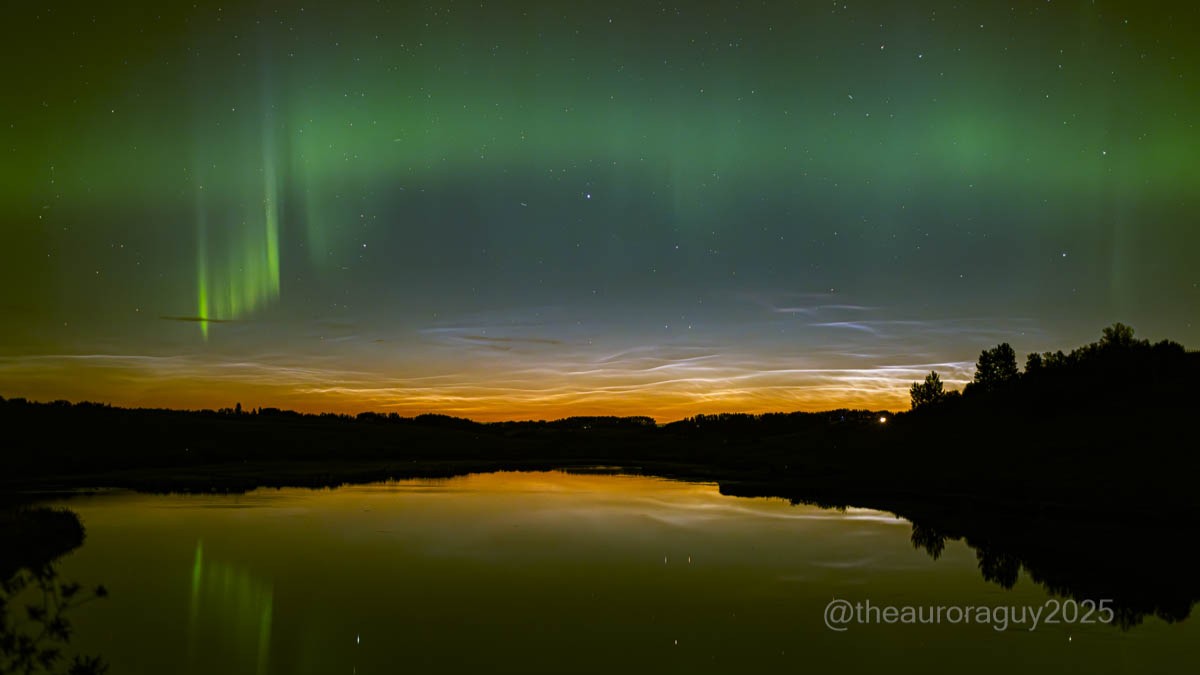Best camera phones 2025: Smartphones that can capture the stars
We have rounded up the best camera phones, just what you need to capture the constellations when April's new moon darkens the sky.
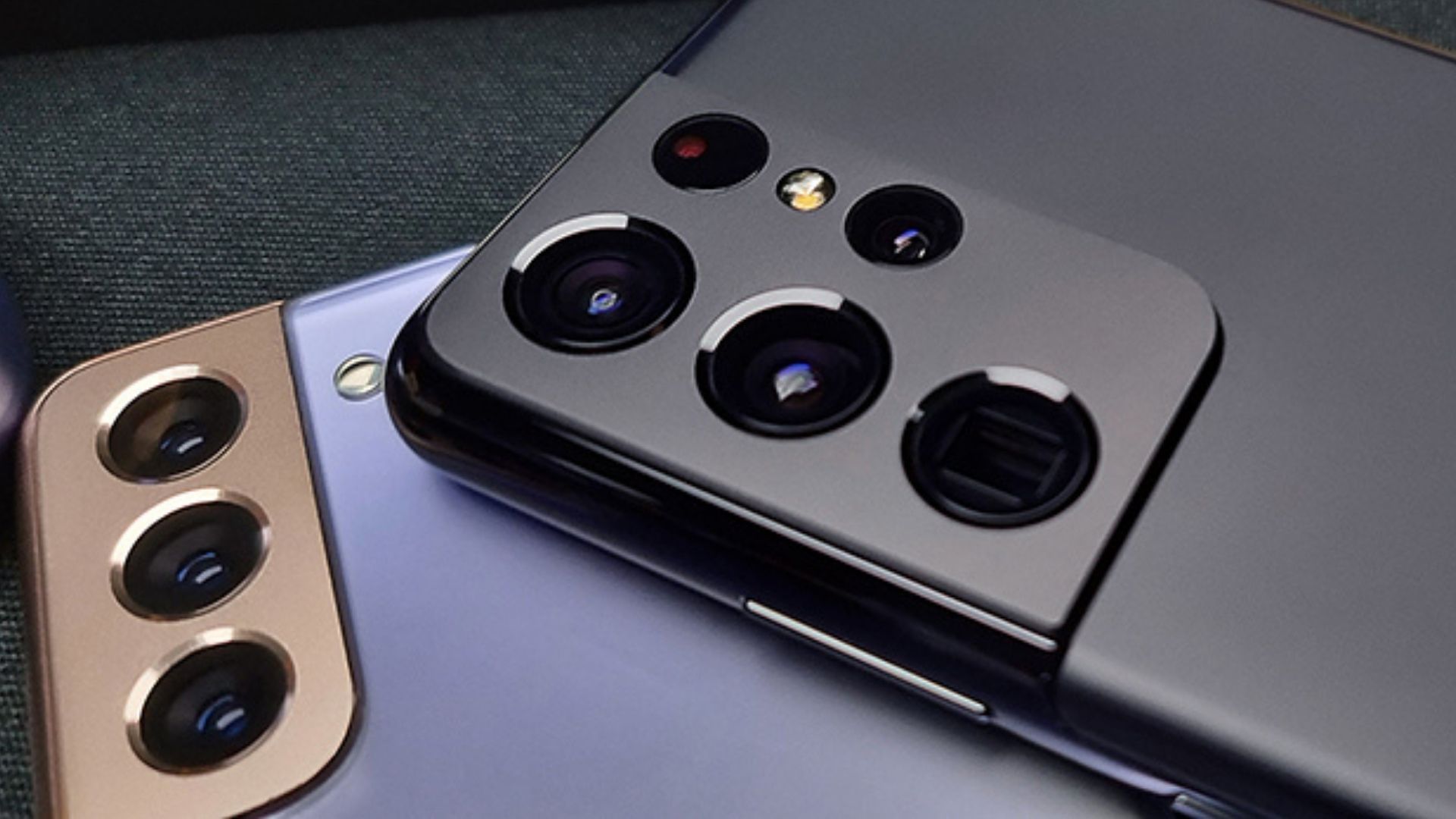
The best camera phones take smartphone photography to the next level, some sporting both top-tier cameras and AI-powered editing facilities. It's like having a photo lab in your pocket, and our guide will help you choose the right one.
April's a great time to put these smartphones to good use, too. Want a stunning shot to share? Try photographing the third quarter moon this April 20, when 'half' of the moon appears to be in shadow. Then, on April 27, the new moon makes the skies even darker, perfect for picking out and capturing the constellations overhead. You don't need to guess which is which, either, there are apps that will map the night sky.
We've explored the pros and cons of each camera phone and we've covered both Android and iPhone models. Alternatively, if you want a separate camera, we have rounded up the best cameras.
The Quick List
You can find a quick summary of our top picks below. If you want more information about a product, click "Read more below" for a more detailed review of each camera phone.
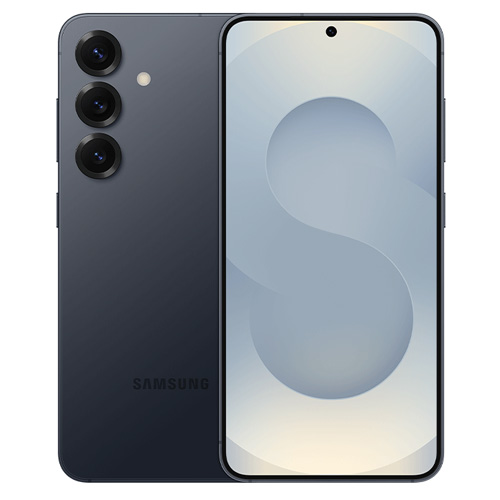
The Samsung Galaxy S25 Ultra is a powerhouse of a handset, and an absolute star when it comes to mobile photography.
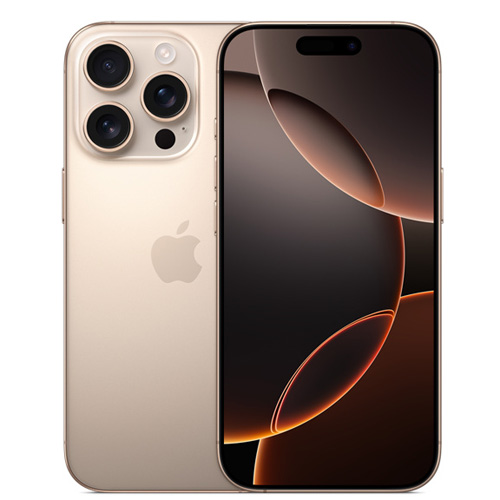
Apple's iPhone 16 Pro Max is a photography superstar, and a superb all-round mobile thanks to its powerful A18 chip.
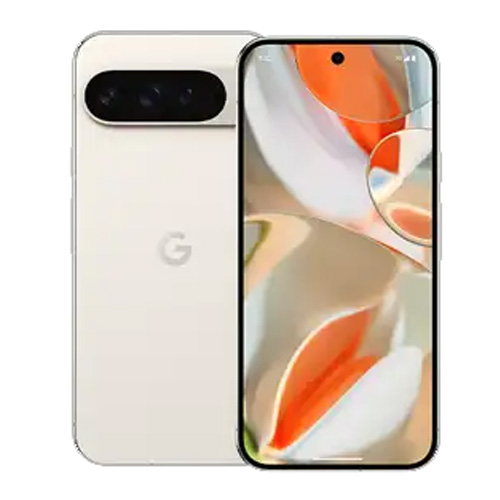
The Google Pixel 9 Pro is an excellent phone that not only boasts Google integration but uses AI for a suite of photography features such as Best Take, Add Me and Magic Editor.
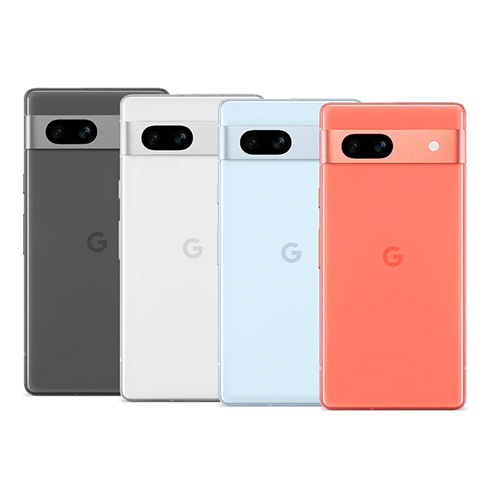
This more affordable Google phone packs the Google Tensor G2 chip as well as an excellent camera and stock Android experience.
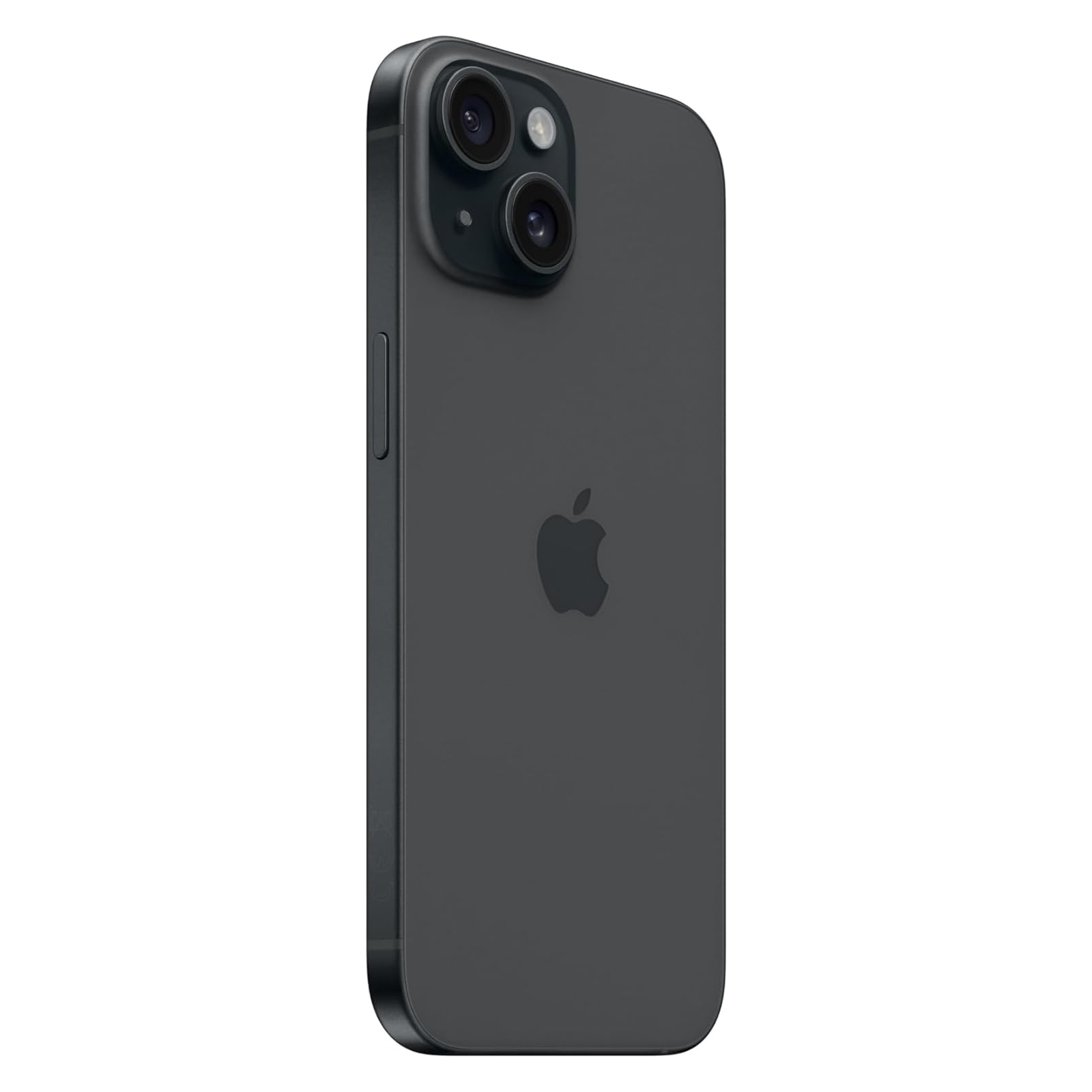
Apple's cheapest iPhone is a little pricey, even with the iPhone 16 out. But the iPhone 15 marks a big step up from the 14, and includes much of the camera tech found in the previous year's Pro model.
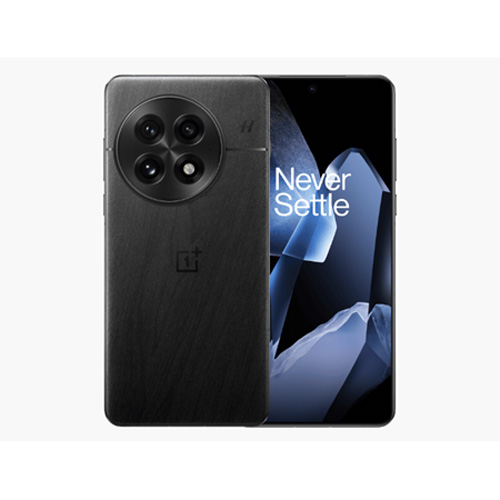
The OnePlus 13 is a superbly stylish phone, but it's not just about the looks. This phone packs some serious photographic power.
Load the next product ↴
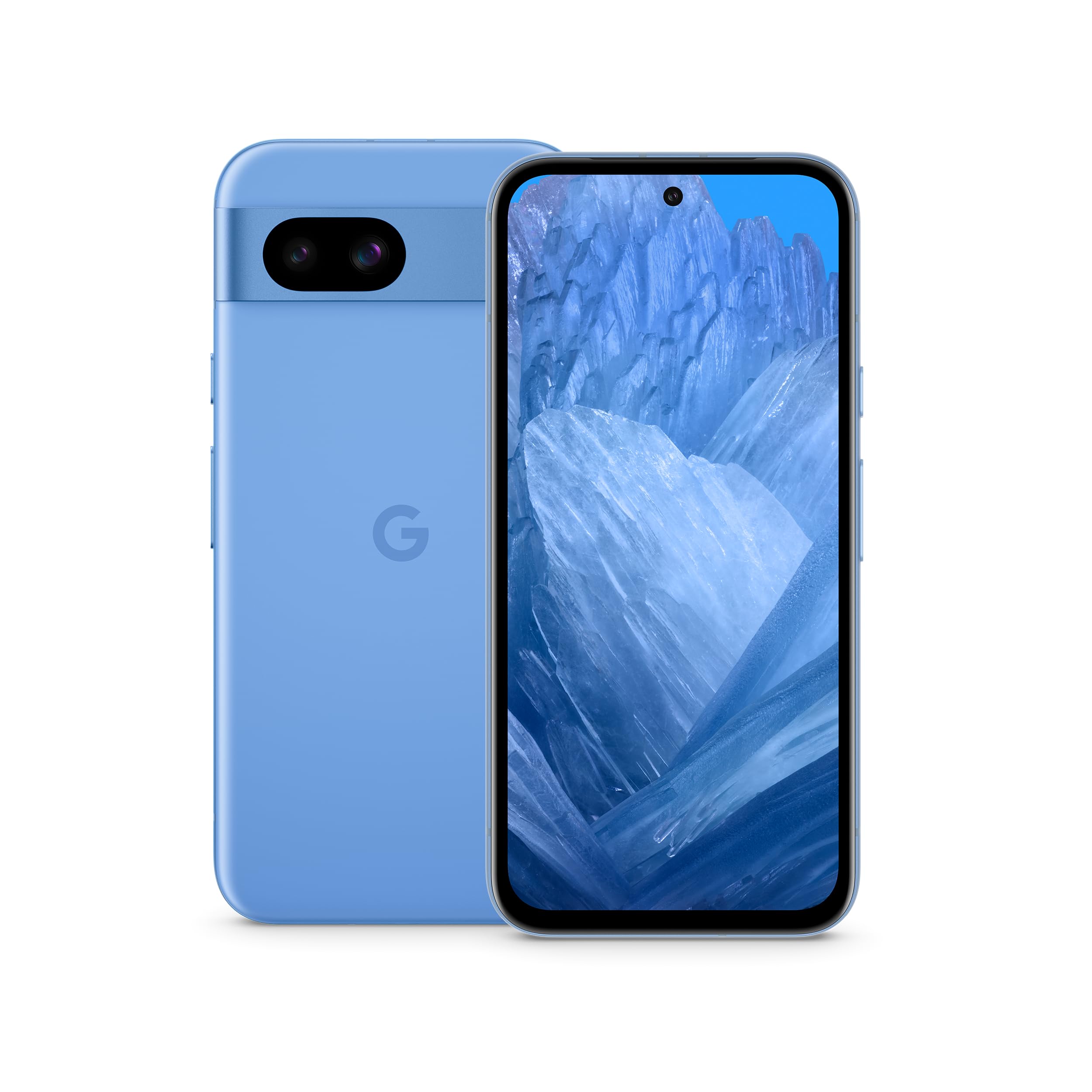
A mid-range option from Google that sports some great AI features and a beginner-friendly astrophotography mode. It shoots excellent video, but photo output is limited to 16MP.
The best camera phones we recommend in 2025
Why you can trust Space.com
Best camera phone overall
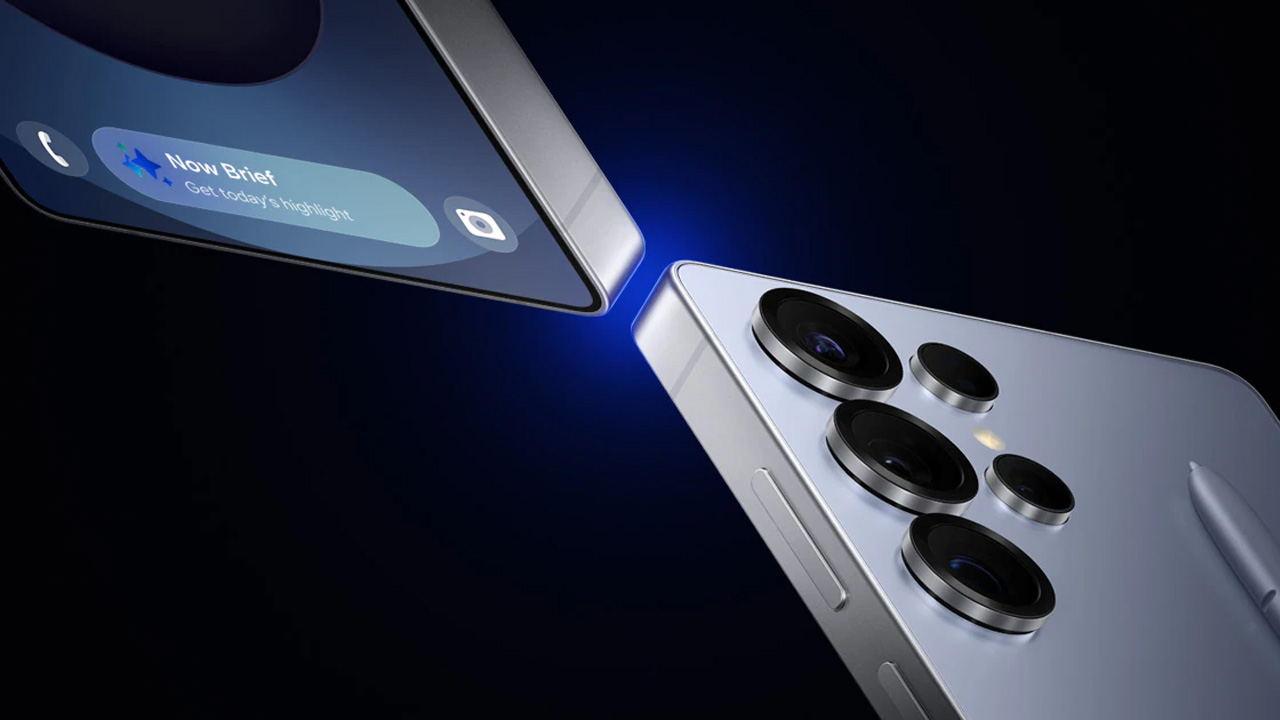
Samsung Galaxy S25 Ultra
Our expert review:
Specifications
Reasons to buy
Reasons to avoid
✅ You want a powerful phone: There's almost nothing you can't do on the S25, thanks to its huge display and powerful chip.
✅ You're looking for versatility: With its multiple rear cameras, the S25 Ultra can take amazing shots at just about any range.
❌ You're on a budget: The S25 Ultra doesn't come cheap, so you may struggle to justify it unless you're after a flagship device.
🔎 Samsung Galaxy S25 Ultra: With a huge display, powerful chip, and plenty of camera tricks, the S25 Ultra is our pick of the best camera phones today. ★★★★★
The Samsung Galaxy S25 Ultra is one of Samsung's flagship phones, and for good reason. It boasts an amazing 200MP main camera, enclosed within an impressively shock-resistant and waterproof chassis, and a built-in S Pen that's perfect for taking notes on the go.
It's no less impressive on the inside, either. The Samsung S25 Ultra has a lightning fast processor that can handle virtually anything you can throw at it. Samsung has also levelled up the S25 Ultra's AI integration, compared to the already excellent Samsung S23 Ultra. Between its native apps and raft of Google Gemini AI features, the S25 Ultra is excellent for editing images on the go.
Even before you start tweaking your pictures, you're sure of some superb shots with the S25 Ultra. It sports dual telephoto lenses with 3x and 10x optical zoom, letting you get closer to the action without the quality drop you get from digital zoom. Colors are natural-looking and as detailed as you'd expect from a top-tier camera phone like this.
The S25 Ultra performs well in low light and skywatchers are spoilt for choice when it comes to the many astronomy apps on the Google Play Store. Our favorite stargazing app, SkySafari Pro 7 should run like a dream on the S25 Ultra. Starchart, which offers you a real-time view of the universe, is also a must-install and it's free.
Best iPhone camera phone
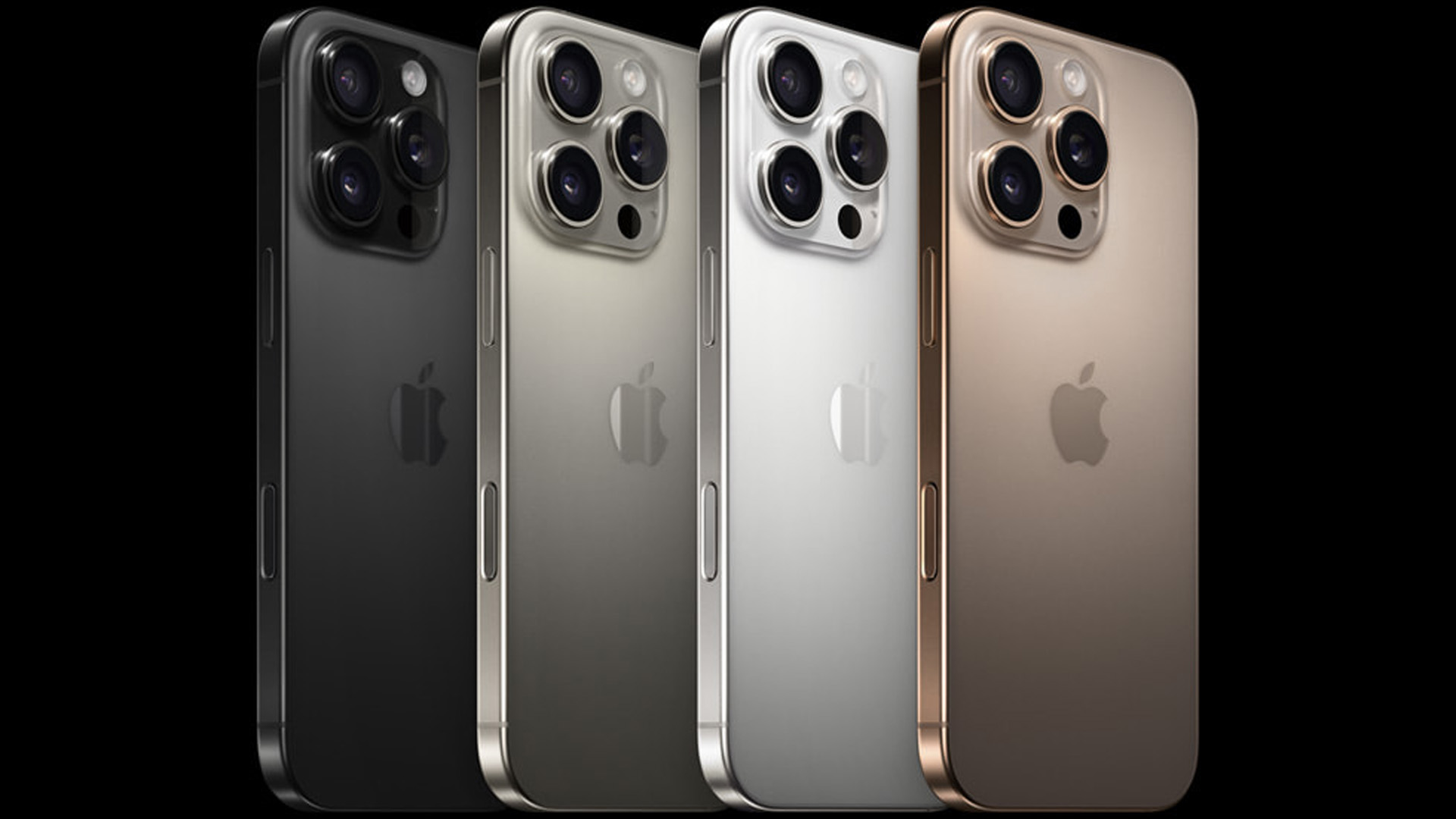
iPhone 16 Pro Max
Specifications
✅ You want fantastic performance: Apple's A18 Pro chip is impressively powerful
✅ You want a USB-C iPhone: The Lightning Port has been replaced by a USB-C port.
✅ You're in the Apple ecosystem: Whether you have a MacBook, iPad, AirPods, or a Mac, you'd do well to pair them with an iPhone.
❌ You want ultra-fast charging: There's wireless charging and somewhat faster charging, but the iPhone has yet to meet Android's max charging speeds.
🔎 iPhone 16 Pro Max: The iPhone 16 Pro Max is a powerful tool for just about anything — including photography - and is the best iPhone around. ★★★★★
Reviewing the iPhone 15 Pro Max review, we awarded it five stars, and the updated model, the iPhone 16 Pro Max, is even more powerful than its predecessor. It's not cheap, but it's hard to fault and is a superb all-round device, capable of handling virtually any task you throw at it.
So how does it measure up for photography? You'll be happy to hear that Apple has upgraded the 12MP ultra wide camera to a massive 48MP, which should make for some beautifully detailed wide shots. That's not to say the iPhone 16 Pro Max other cameras are a letdown, though. It still boasts a main 48MP camera, plus 5x optical zoom and 12MP telephoto lenses.
Not only are you sure to get quality images out of the iPhone Pro Max, especially if you capture in 48MP ProRAW, Apple has really gone to town on its post-processing features. You have digital lenses, photography styles and more at your fingertips. It's also received a slight bump in battery capacity too, handy for squeezing an extra snap or twenty out of the iPhone 16 Pro Max.
When it comes to astronomy, the Apple App Store isn't short on helpful stargazing apps. We think Night Sky is the best app for Apple skywatchers, but there are plenty to choose from. Coupled with the iPhone 16 Pro Max's camera quality, this updated model could be just the ticket for capturing the night sky.
Best Google camera phone
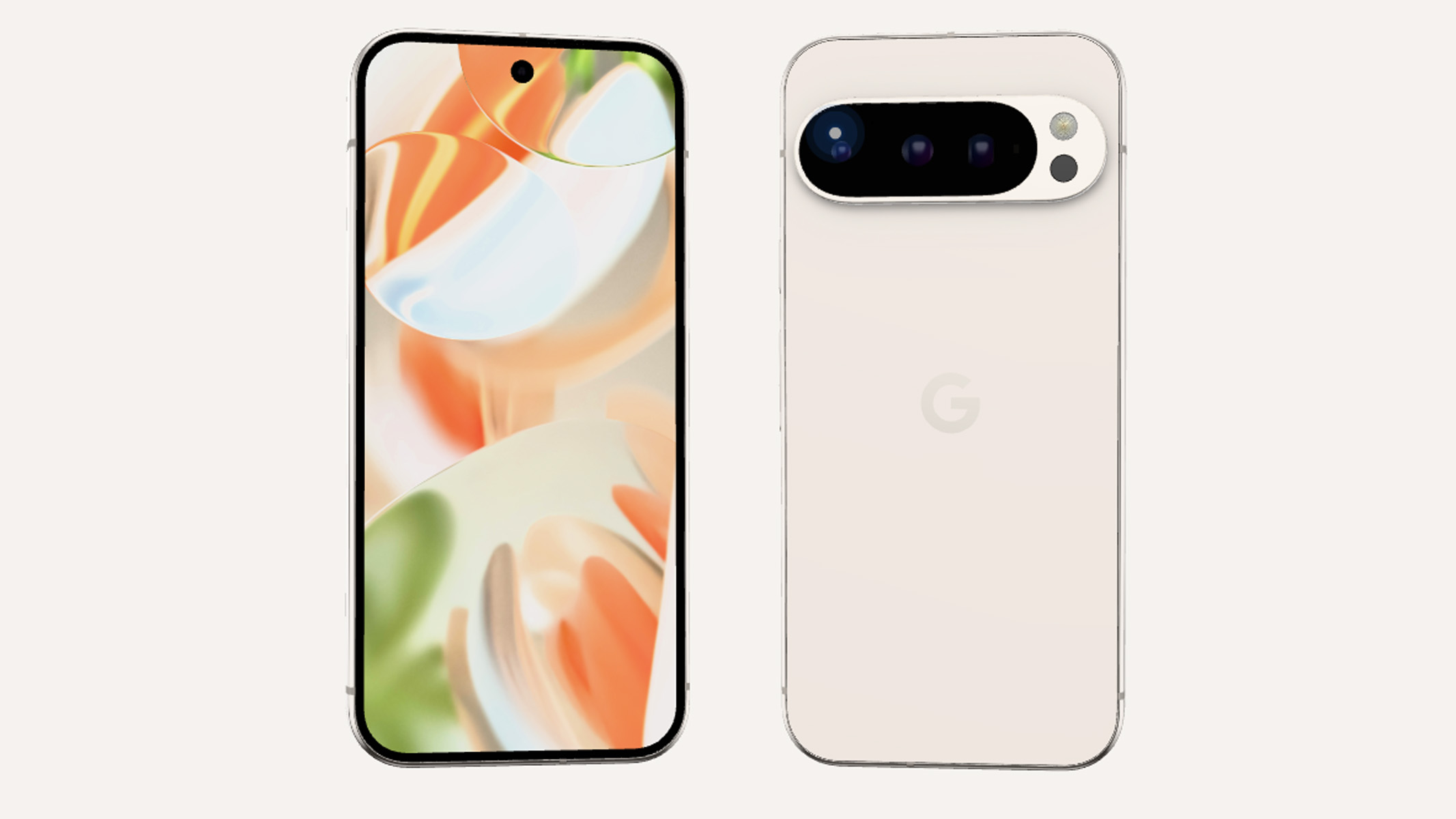
Google Pixel 9 Pro
Our expert review:
Specifications
Reasons to buy
Reasons to avoid
✅ You already use Google Photos: Editing is done in the Google Photos app, so if you're already using it, you'll feel right at home.
✅ You want to try AI photography features: The main camera has features like 'Best Take' to ensure excellent images, and 'Add Me', to insert yourself into photographs!
❌ You're not interested in AI photo tweaks: Beyond the AI features, the Pixel 9 Pro's main camera isn't as powerful as some of the other cameras on the list.
🔎 Google Pixel 9 Pro: The Pixel 9 Pro is a good choice for anyone who's already well-versed in Google's ecosystem and wants to make the most of its AI features. ★★★★
As a company, Google is going all in on AI and the Google Pixel 9 Pro is no exception. It boasts a whole host of AR and AI features to enhance your existing pictures.
The 'Best Take' feature is one of our favorites: if you're taking a group shot, for example, you'll be able to pick out the best individual faces from a series of shots, putting them together to create one perfect photo. There's also 'Add Me' which lets you merge photos, inserting yourself into a scene you weren't there for!
It's a slightly more powerful phone than the Pixel 8 Pro, though the Pixel 9 Pro is a hair smaller than the 8. If you want something that's as big as your 8, you'll need the Pixel 9 Pro XL. Its camera may not be as powerful as the iPhone 16 Pro Max or the Samsung Galaxy S25 Ultra, but, using its suite of AI features, you can still create some stunning pictures.
Ultimately, this is a great choice if you're already entrenched in Google's ecosystem, and Google has guaranteed to support the phone for the next six years. The Google Play Store also boasts a host of astronomy apps, ideal for locating a target in sky before capturing it with the Pixel 9 Pro's camera.
Best budget camera phone
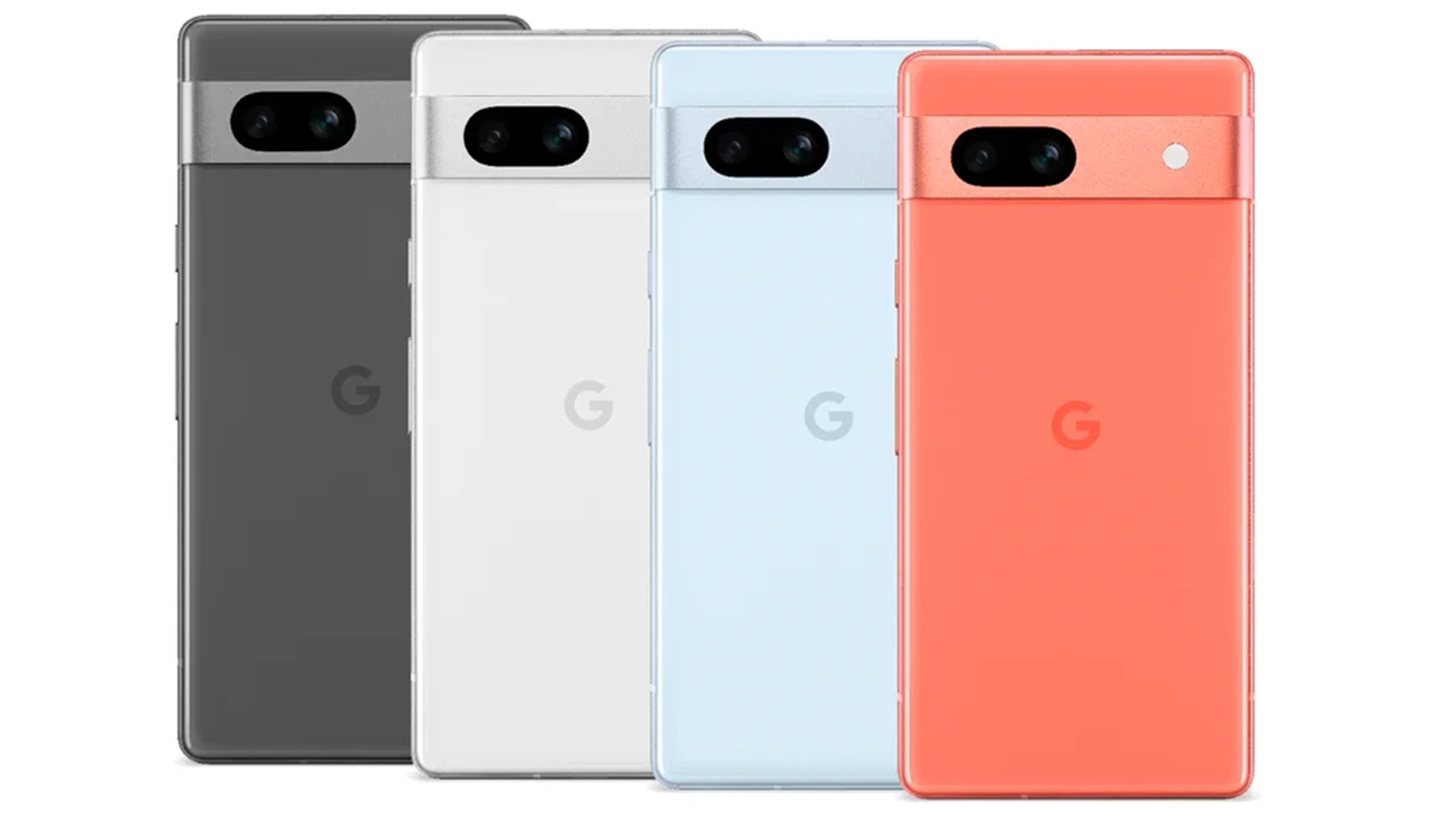
Google Pixel 7a
Specifications
✅ You want a great camera on a budget: It's not as powerful as the Pixel 8 Pro or Pixel 9 Pro, but for this price, you'll struggle to find better.
✅ You want impressive performance: The Pixel 7a is pretty rapid when it comes to all-round usage.
❌ You want great battery life: The Pixel 7a is powerful, but it'll chomp through battery with impressive speed.
❌ You're making an investment: There are only just over three years left of Android support coming to the Pixel 7a.
🔎 Google Pixel 7a: This budget-friendly handset offers a good camera at a great price, but while stock Android is great, we'd rather have more guaranteed OS support. ★★★½
Android is great, especially when it's stripped back to its bare essentials, and that's what you'll get with the Google Pixel 7a. It's a capable handset powered by the Google Tensor G2 chip, which may be a little too powerful — sadly, it means the Pixel 7a rips through battery life with reckless abandon.
If you don't mind having to charge more regularly, though, the Pixel 7a has a lot to offer. It runs pretty much any app flawlessly and, more importantly, its camera is a treat. The 7a's camera packs a 64MP sensor, over four times the 12MP sensor found in the Pixel 6a, and works wonderfully in low-light conditions. And if you're looking to capture a specific target, there's no shortage of astronomy apps on the Google Play Store.
While it's understandably not as good as the flagship Pixel 8 Pro, it doesn't lag too far behind given this phone's budget price. An important thing to note is you'll only have three more years of Android support guaranteed, and while it's unlikely Google will just stop supporting the Pixel 7a altogether, it's something to consider when making a purchase.
Best affordable iPhone
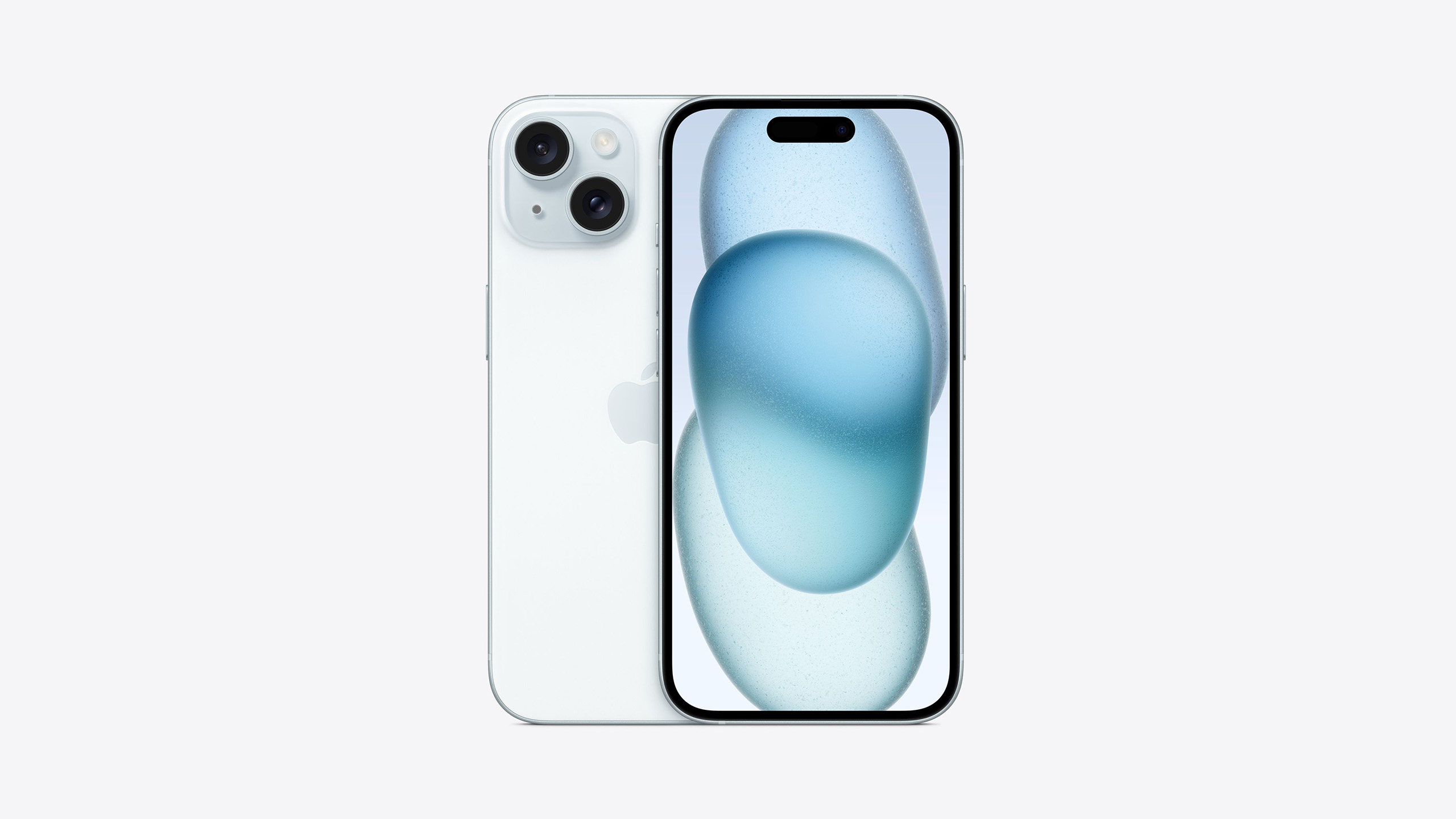
iPhone 15
Our expert review:
Specifications
Reasons to buy
Reasons to avoid
✅ You want a great camera: The iPhone 15 is a huge step up from the 14, particularly when it comes to the camera.
✅ You want a new iPhone: The iPhone 15 is a fantastic phone, but it's still not what you'd call cheap.
❌ You want a zoom lens: The zoom lens is still restricted to the Pro-level iPhone models for now.
🔎 iPhone 15: An excellent all-rounder, the iPhone 15 is the best base model iPhone we've ever seen. ★★★★½
The iPhone 14 was by no means a poor phone, but the gulf between it and the 14 Pro models was more noticeable than ever before. When it comes to the iPhone 15 and its Pro siblings, however, the difference is less apparent: The base model has had huge upgrades which make it much closer to the Pro model, despite costing considerably less.
For the camera, the big change is a bump to a 48MP sensor to accompany the 12MP Ultrawide. There's still no zoom lens (although the 48MP wide camera can go up to 2x), but the increase in quality is hefty from not only the iPhone 14 but, also from every previous model that you may be upgrading from.
Something we love in the iPhone 15 is the Dynamic Island — a new UI quirk that melds hardware and software ingenuity to offer a sort of 'screen within a screen'. It also packs the lightning-fast A16 Bionic chip, too, so it can handle most things you throw at it and run iOS apps and games flawlessly. That includes astronomy apps like the excellent Night Sky.
Most stylish camera phone
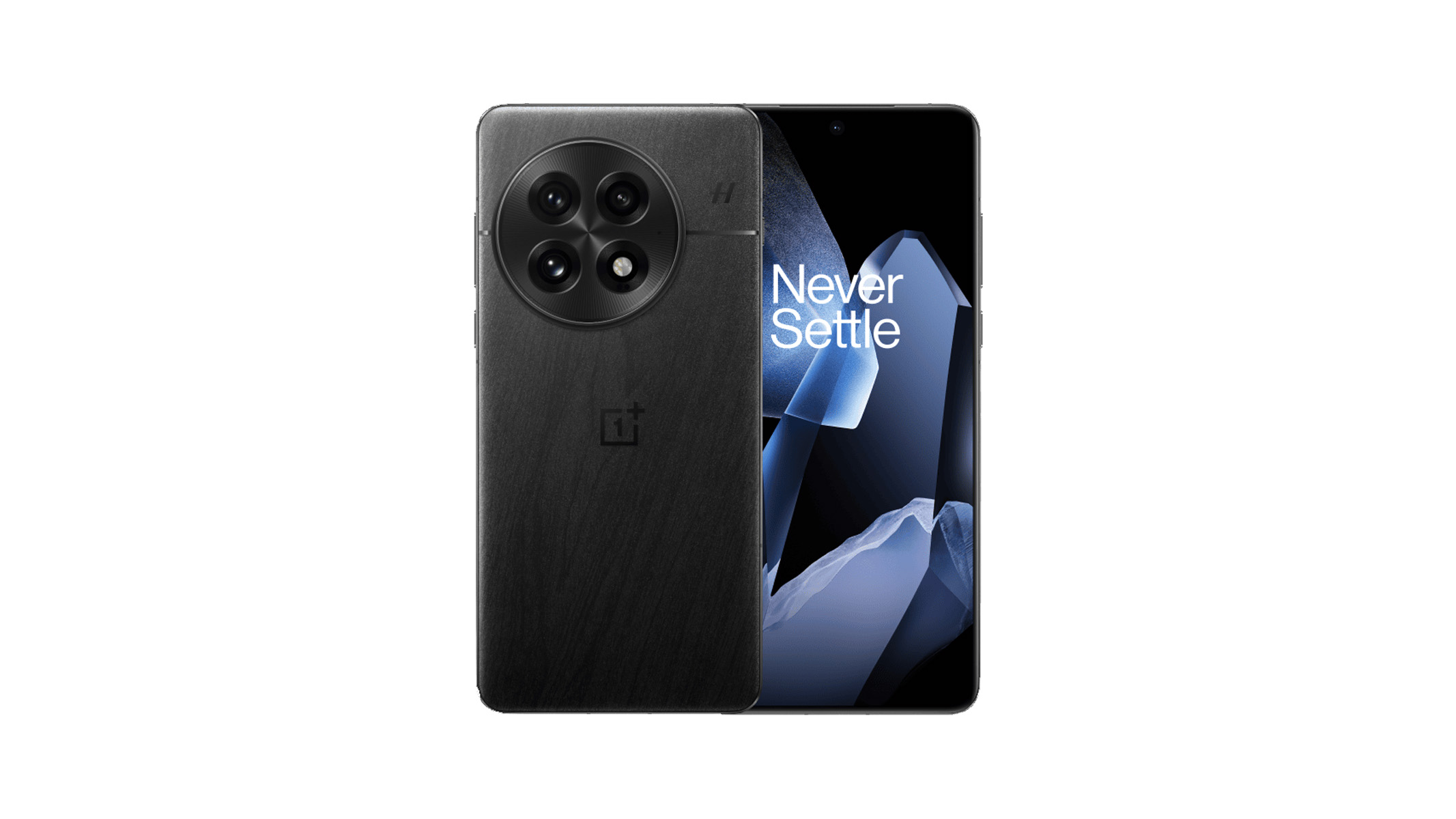
OnePlus 13 5G
Our expert review:
Specifications
Reasons to buy
Reasons to avoid
✅ You want a stylish, capable camera phone: The OnePlus 13 looks gorgeous and boasts a Hasselblad triple-camera.
✅ You want superb battery life: The OnePlus 13 boasts a massive 6000mAh battery.
❌ You want a raft of AI features: The OnePlus 13 does not go all in on AI, unlike Google's Pixel phones.
🔎 OnePlus 13: A stylish phone with a top-tier camera that gives its rivals a run for their money. ★★★★
OnePlus has gone from strength to strength with its phones, and the OnePlus 13 may be their best yet. Powered by an impressive Snapdragon 8 Elite, this camera phone couples style with quality and while it's not cheap it offers plenty of bang for your buck.
This phone uses a Hasselblad camera system that's closer to something employed by a professional photographer. So whether you're taking portrait shots or capturing the night sky, you can be assured of top-quality pictures. However, you will have to put a little work in to truly get the most out of this camera phone.
If you are capturing the night sky, you'll find plenty of astronomy apps on the Google Play store to assist you and the OnePlus 13's got enough power to run anything you throw at it. If you are taking it out for nightime astrophotography session, it's rated with AquaTouch 2.0 so you'll still be able to get your shots even in a little drizzle.
Best for video
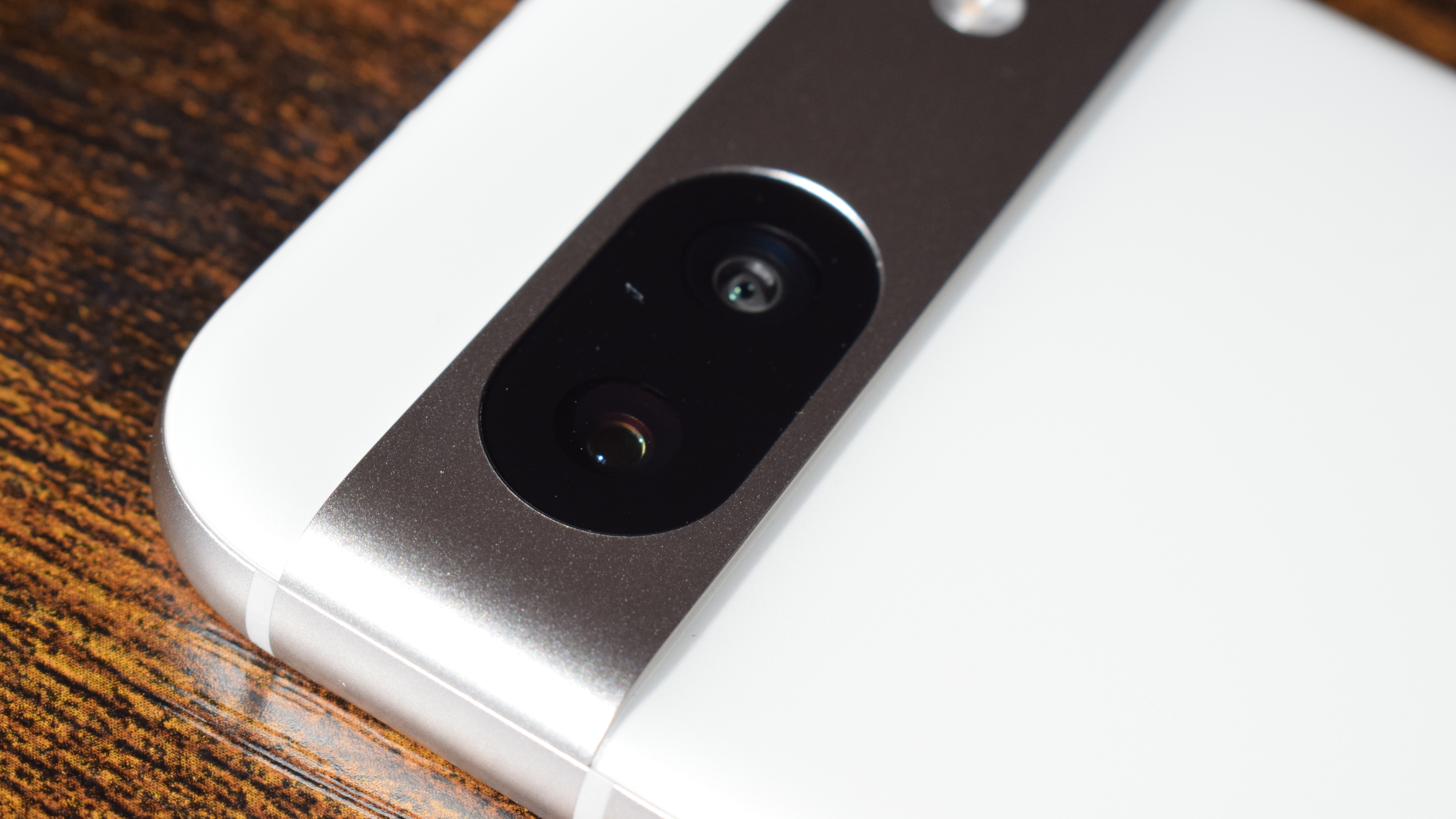
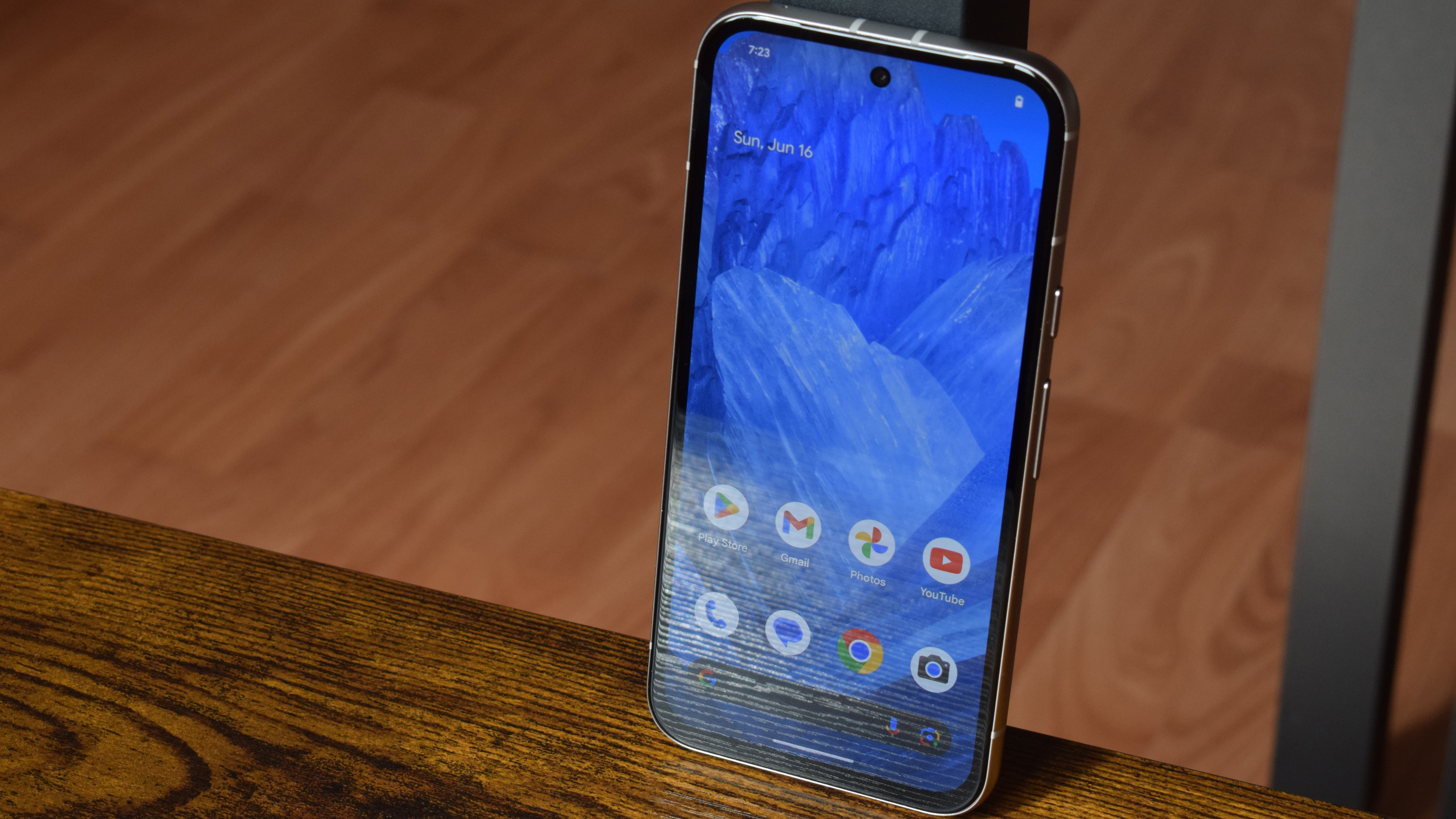
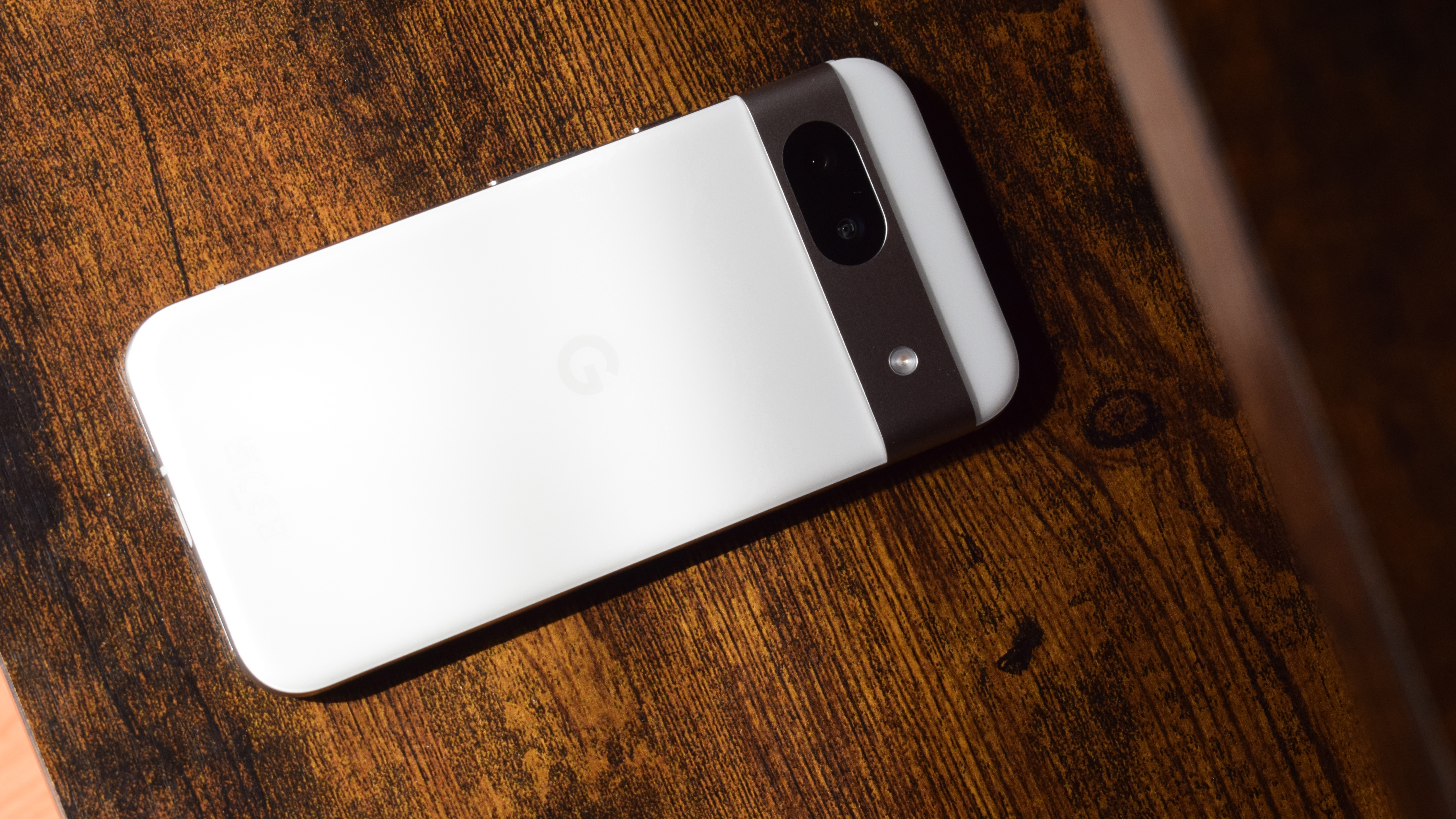
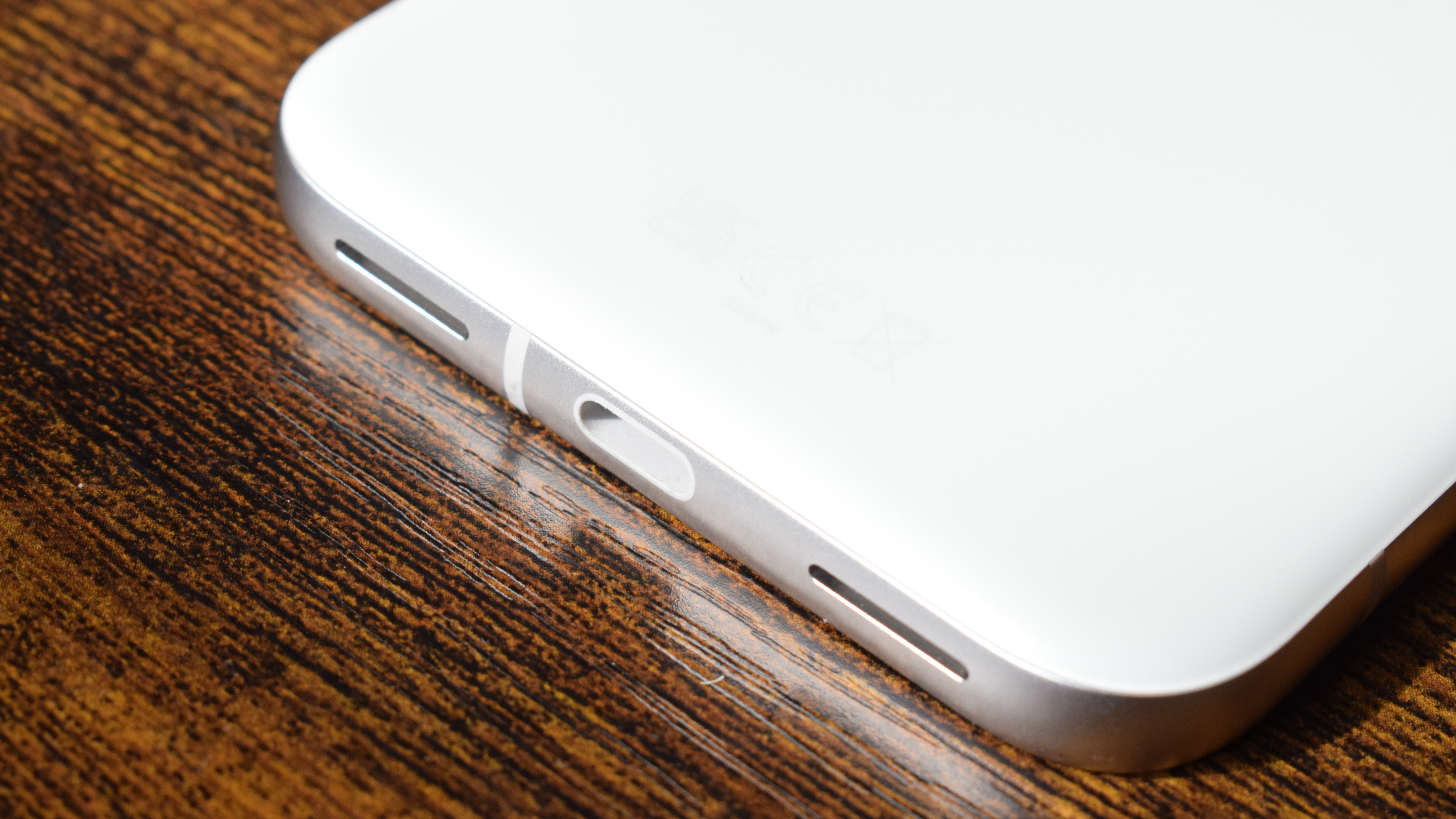
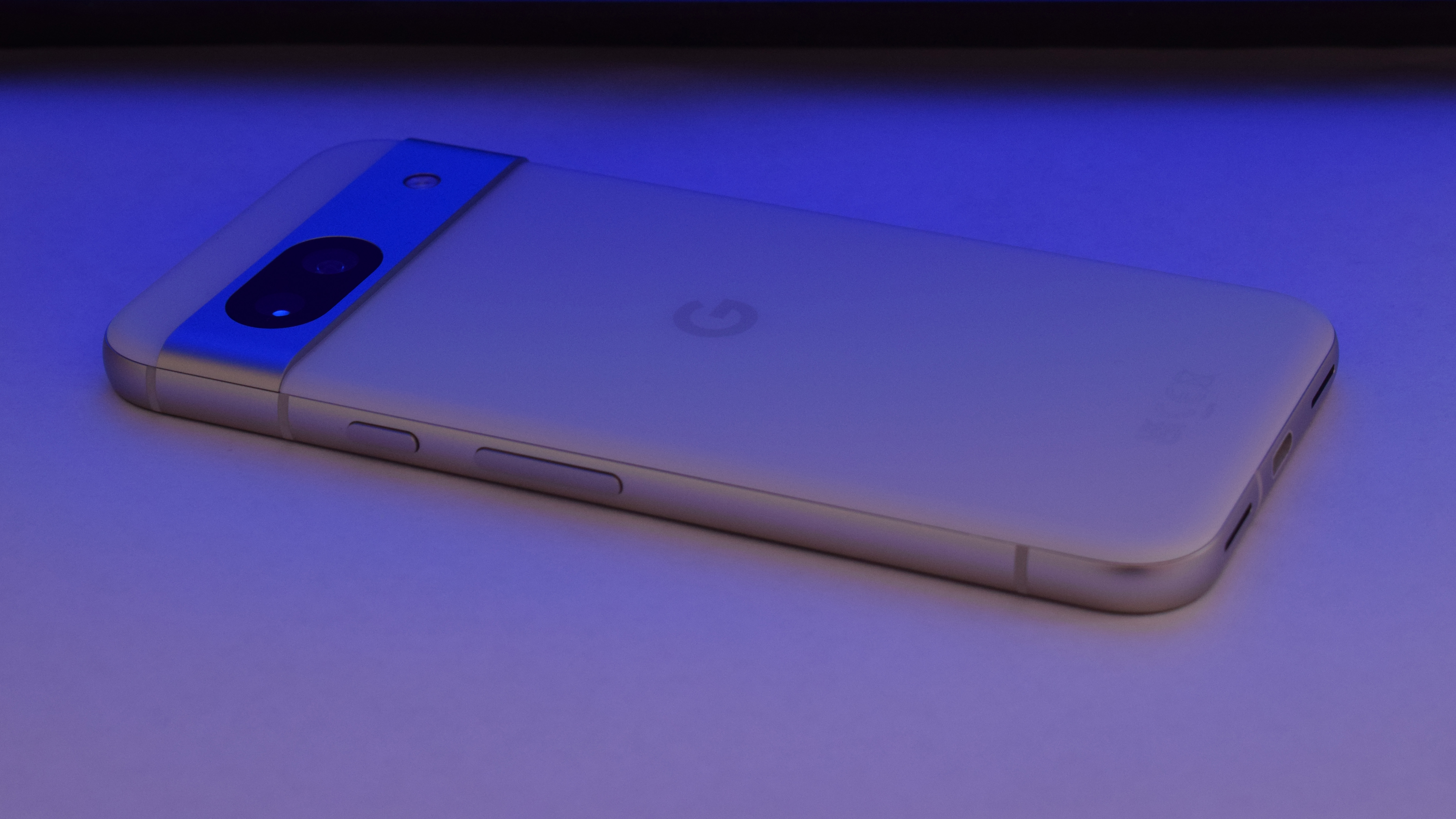
Specifications
Reasons to buy
Reasons to avoid
✅ You want to shoot video: The Optical Image Stabilization and ability to edit out background noise make this phone great for vlogging.
✅ You want automated astrophotography: The Night Sight feature makes astrophotography fun and achievable for everyone.
❌ You plan to blow your images up: Image output is limited to 16MP, so you'll get higher-resolution images with an alternative phone.
🔎 Google Pixel 8a: This is a competent mid-range camera phone with some handy AI features. It excels at video, but the limited image resolution may put some photographers off. ★★★★
The Google Pixel 8a is an affordable option and offers plenty of photography features for the money. As we mentioned in our Google Pixel 8a review, its photography capabilities are excellent, with its 64MP main lens capturing images rich in color and detail, even when shooting towards the sun.
Anyone who regularly shoots video too will enjoy Optical Image Stabilization (OIS), which keeps videos on the rear camera silky smooth even when you're walking about. You can also use the AI-powered Audio Magic Eraser tool to remove background noise produced by things like traffic and wind from your videos.
Other AI tools featured on this phone include the Magic Editor, which lets you remove or resize objects in photos, and Best Take, which allows you to combine similar group photos to make sure everyone has their eyes open or the facial expression they prefer.
This phone is a great pick for anyone who wants to try some quick and easy astrophotography without any prior knowledge required. The Night Sight mode automatically kicks in when the sensor detects a dark environment away from light pollution. It then takes 16 16-second-long exposures and combines the shots into one picture to keep stars bright and blur-free.
The main downside of this phone is that it automatically uses pixel binning, so there's no way of taking full 64MP shots and you'll have to settle for 16MP photos instead. This may be a dealbreaker for anyone who wants to blow their pictures up or do more intricate zoomed-in editing.
- Read our full Google Pixel 8a review.
Best camera phones: Comparison
Product | Rating | OS | Display | CPU | RAM | Front Camera | Rear Cameras |
|---|---|---|---|---|---|---|---|
Samsung Galaxy S25 Ultra | ★★★★★ | Android | 6.8in 1440 x 3088 OLED | Qualcomm SM8550-AC Snapdragon 8 Gen 2 | 8GB/12GB | 12MP | 200 MP, 10 MP telephoto, 10 MP periscope telephoto, 12 MP ultrawide |
iPhone 16 Pro Max | ★★★★★ | iOS | 6.7in 6.9 inches, 1320 x 2868 OLED | Apple A18 Pro | 8GB | 12MP | 48MP wide, 48 MP ultrawide, 12MP telephoto with 5x optical zoom |
Google Pixel 9 Pro | ★★★★ | Android | 6.3in 1280 x 2856 OLED | Google Tensor G4 | 16GB | 42MP | 50 MP wide and twin 48MP cameras. |
Google Pixel 7a | ★★★★ | Android | 6.1in1080x2400 OLED | Google Tensor G2 | 8GB | 13MP | 64MP wide and 13MP ultrawide |
iPhone 15 | ★★★★½ | iOS | 6.1in 2556x1179 OLED | Apple A16 Bionic | 6GB | 12MP | 48MP wide and 12MP ultrawide |
OnePlus 13 5G | ★★★★ | Android | 6.8in 1440 x 3168 OLED | Snapdragon 8 Elite | 12/24GB | 32MP | 3 x 50MP wide, telephoto and ultrawide |
Google Pixel 8a | ★★★★ | Android | 6.1in 1080 x 2400 OLED | Google Tensor G3 | 8GB | 13MP | 64MP + 13MP |
How to choose the best camera phone for you
Consider your budget: Phones, regardless of camera, can get expensive. Depending on your budget, you may be able to pick up an expensive model, but there's no shame in aiming lower and securing a great phone like the Pixel 7a and saving a bundle, too.
Pick a platform: The battle between iOS and Android will rage until the end of time, but only you can decide which side you fall on. Apple's ecosystem features will likely make an iPhone tempting for many, but Android users will no doubt prefer to stay in the same highly-customizable OS. The choice is yours, and there are benefits and drawbacks for each.
Don't buy it for the camera alone: We love the camera phones on this list, and we can guarantee they're also excellent phones. There's no point buying a camera phone with a great camera but without the ability to smoothly run apps, or with a disappointing display.
Update log
Going forward this log will be used to record major updates to this page such as removal or addition of products, updates about celestial events and new technical information from our experts.
How we tested
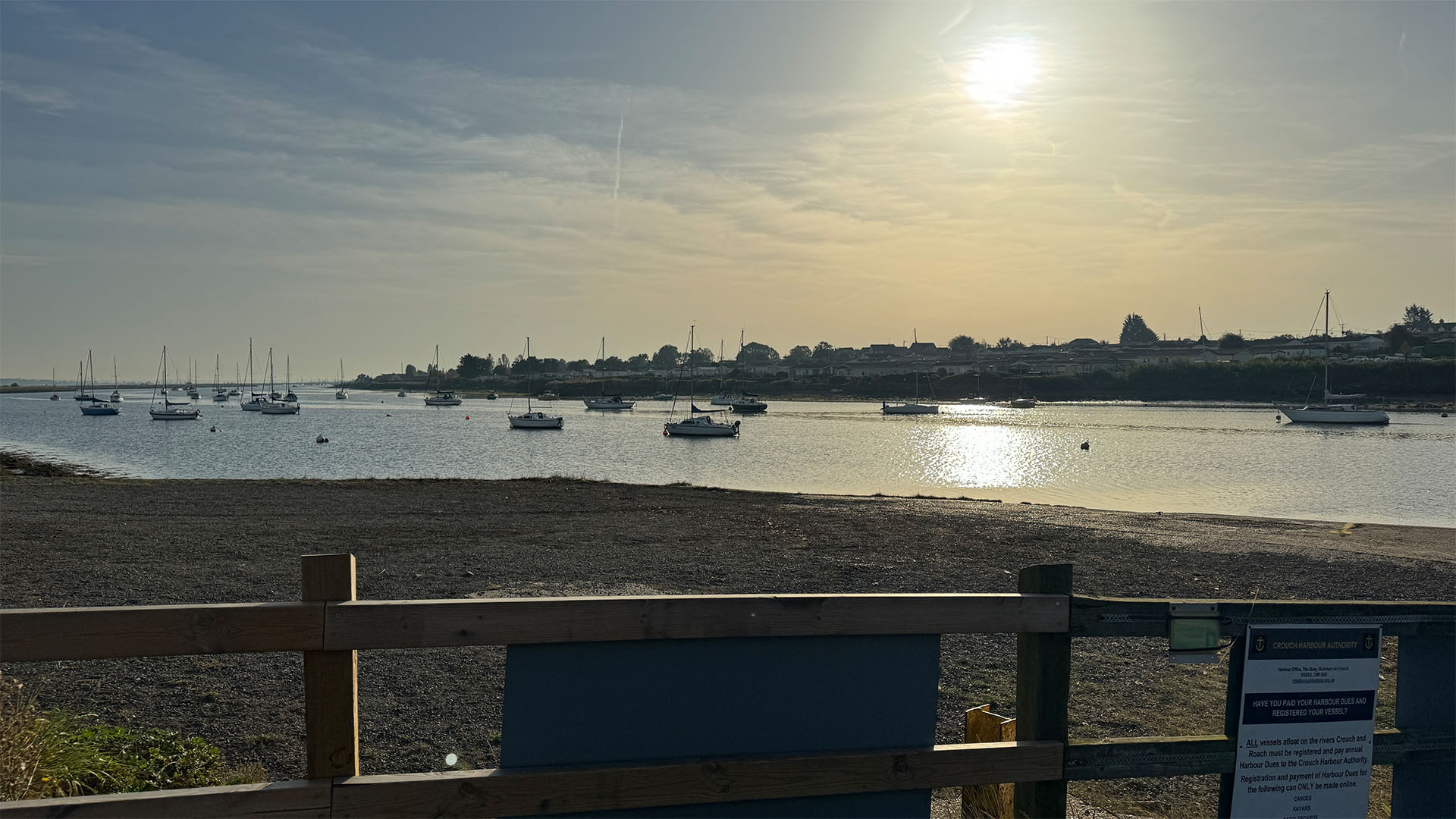
With complete editorial independence, Space.com are here to ensure you get the best buying advice on camera phones, whether you should purchase a device or not, making our buying guides and reviews reliable and transparent.
We test camera phones based on a variety of factors, using them as our 'daily driver' for a number of days and noting the positives and negatives of doing so.
We test games on them, run complex apps and benchmarks, and use them as our primary social media platform. We also test the cameras, snapping pictures including portraits, landscapes, macro (where applicable) and testing video calls.
We also factor in the cost of each phone, judging each against similarly priced models to see which offers more features or simply feels better to use.
We rate each model out of five stars, and the picks on this list range from cheaper options to more expensive ones, to surprise additions.
Join our Space Forums to keep talking space on the latest missions, night sky and more! And if you have a news tip, correction or comment, let us know at: community@space.com.
Breaking space news, the latest updates on rocket launches, skywatching events and more!

Jamie is an experienced science, technology and travel journalist and stargazer who writes about exploring the night sky, solar and lunar eclipses, moon-gazing, astro-travel, astronomy and space exploration. He is the editor of WhenIsTheNextEclipse.com and author of A Stargazing Program For Beginners, and is a senior contributor at Forbes. His special skill is turning tech-babble into plain English.
- Keumars Afifi-SabetLive Science Channel Editor, Technology
- Chris McMullenContributing Writer
- Kimberley LaneContributing writer
- Lloyd Coombes
- Harry BennettE-commerce Staff Writer
